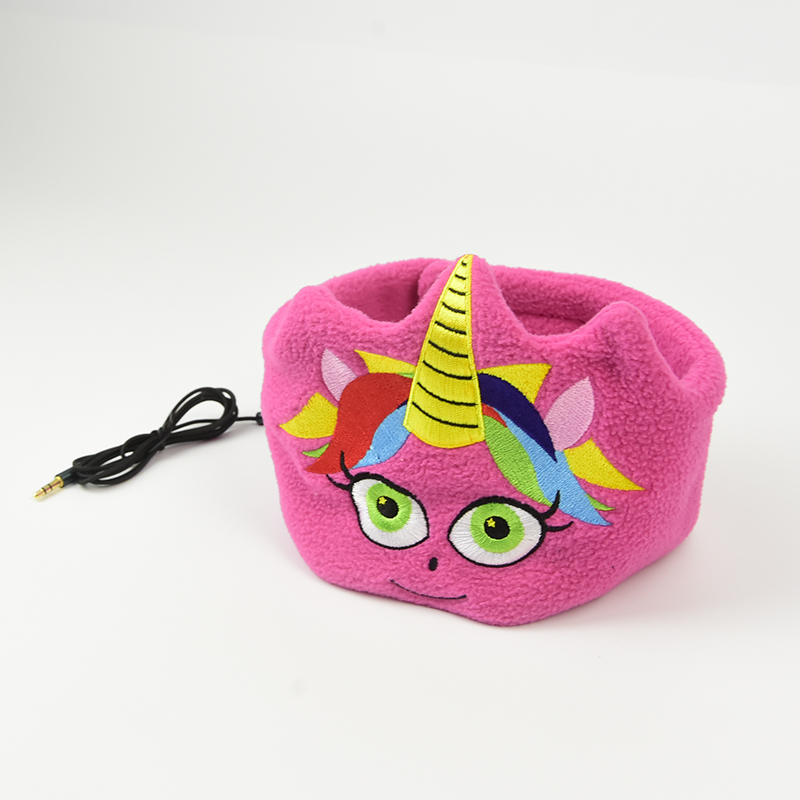As an important transmission medium for integrated wiring projects, optical fiber is particularly important for its performance, especially for fiber optic cables that are laid in overhead or underground pipelines. Therefore, before the fiber is laid, we must test the fiber and fiber equipment. What problems will we encounter during the test?
1. When using fiber optic testing, why use a special reference jumper to set the reference value?
The accuracy of the test results is inextricably linked to the setting of reference values. If the reference value is set incorrectly, the test result will be inaccurate or produce a negative value. The recommended method is to use the reference jumper and adapter when setting the reference value.
In the TIA/EIA 568-B.3 and ISO 11801 standards, the loss requirement for a fiber coupling is less than 0.75 dB. Most of the fiber jumpers and adapters produced by the manufacturer can meet or exceed this requirement. However, what many people don't know is that standards have special requirements for reference jumpers and adapters. In the IEC 14763-3 standard, the reference jumper and adapter are used, the multimode fiber coupling loss is less than 0.1dB, and the single mode fiber is less than 0.2dB. Conventional fiber jumpers simply cannot meet this requirement. Therefore, it is recommended to purchase a special reference jumper for testing by manufacturers and test equipment manufacturers.
When setting the reference value, a fiber optic adapter of zirconia ceramic sleeve material is required for optimum coupling. Conventionally, single-mode fiber optic adapters are used to set reference values ​​for optimal coupling, whether testing multimode or single-mode fiber links.
2. What is the importance of preheating the tester when doing fiber link loss testing?
In general, the higher the temperature of the light source module, the greater the power value of the light source it emits. During the test, the light source module needs to be warmed up for a period of time to stabilize the transmitted light source power value. If the reference value is set before the light source module is warmed up, as the temperature of the light source module rises, the test result will generate a gain, thereby affecting the accuracy of the test result.
For example, when the reference value is initially set, the optical power meter accepts and stores the power value as -6.00dB. At this time, if the reference value setting model is maintained and the test is performed without adding the link to be tested, it should be obtained. 0.00dB test result. However, after the optical power module is preheated, the power generated will increase, and the power value received by the power meter may rise to -6.20 dB. At this time, the test will be performed, and a gain of -0.2 dB will be obtained.
The time during which the light source module is warmed up is related to the temperature of the test environment. The method of checking whether the light source module is stable is very simple. As long as the reference value is set, the reference value model is tested, and the obtained test value is acceptable between -0.04dB and 0.04dB; if this is exceeded For the value, you need to wait a little longer and reset the reference value.
3. Why is there a negative value when testing loss? Is the measured link not only without loss, but also produces gain?
When testing a single-mode fiber link, if the length of the tested link is less than 100m and the entire link is connected by pigtail welding, the loss of the entire link may be only 0.15dB. In this case, the light source The module preheating time is not enough, the test environment temperature is greatly changed, the coupling effect of the reference jumper and the test instrument, the reference value setting is not accurate enough, etc., the test result may be negative, such as -0.03dB. The machine needs to be fully warmed up and the reference value reset.
Kids sleep headphones, specially designed for children, made of soft fabric, built-in speaker, cover your eyes while sleeping, fixed with Velcro.It connects the phone, playing music, and let you relax, help to sleep.The shape can be customized, it can be a unicorn, crocodile, chicken, duck, cow, etc., cute shape, loved by children.
Advantages:
1. Soft and comfortable sleep headphones with ultra-thin speakers.These headphones are a good choice for kids, and students who hate earbuds or bulky headphones.Lightweight, comfortable, washable headband, adjustable, earphones and headband fit perfectly.
2. Easy to carry, unique design makes it easy to track and find.
3. The headband is soft and washable. The ultra-thin headphones are almost unobtrusive and can be used while riding, without disturbing the car seat headrest.
4. Universal device, equipped with 3.5mm stereo plug or Bluetooth, can be used with all your favorite devices.

Sleep Mask With Earphones,Kids Headphones,Kids Headband Headphones,Kids Sleep Headsets
Shenzhen Linx Technology Co., Ltd. , https://www.linxheadphone.com